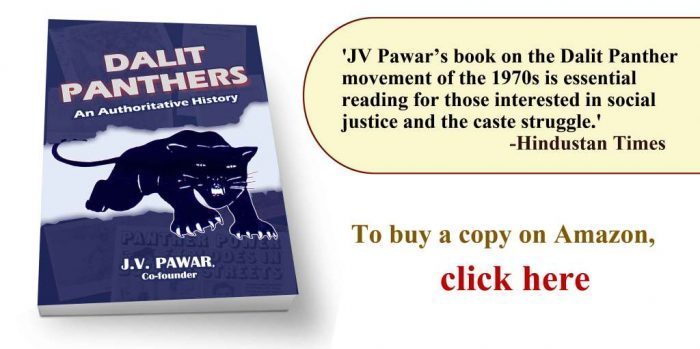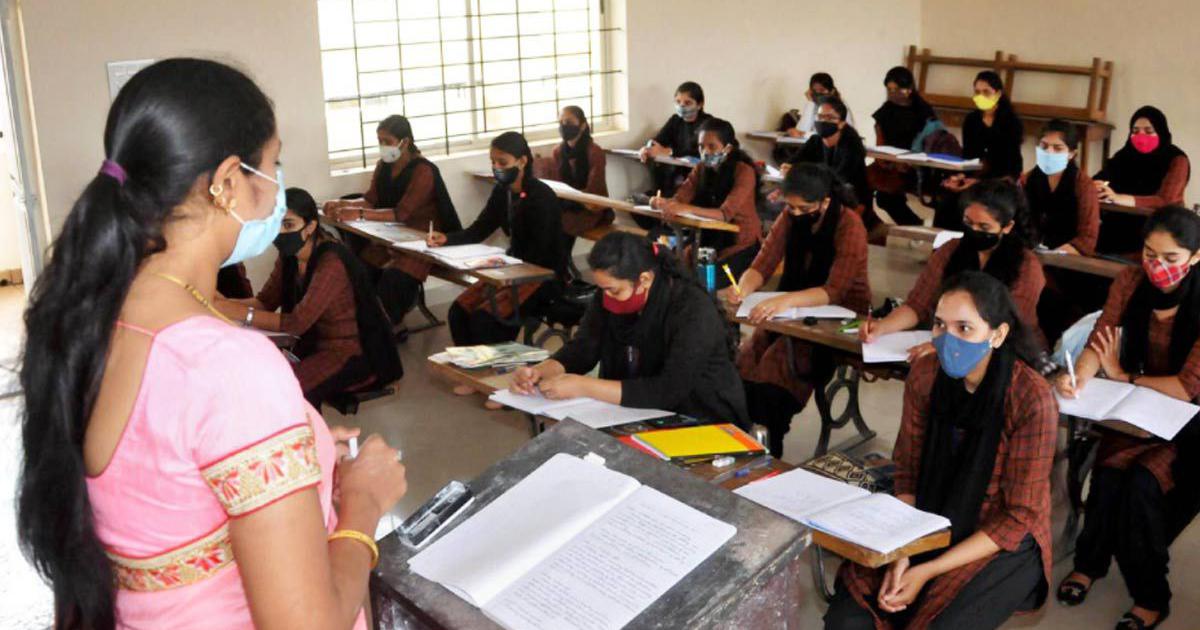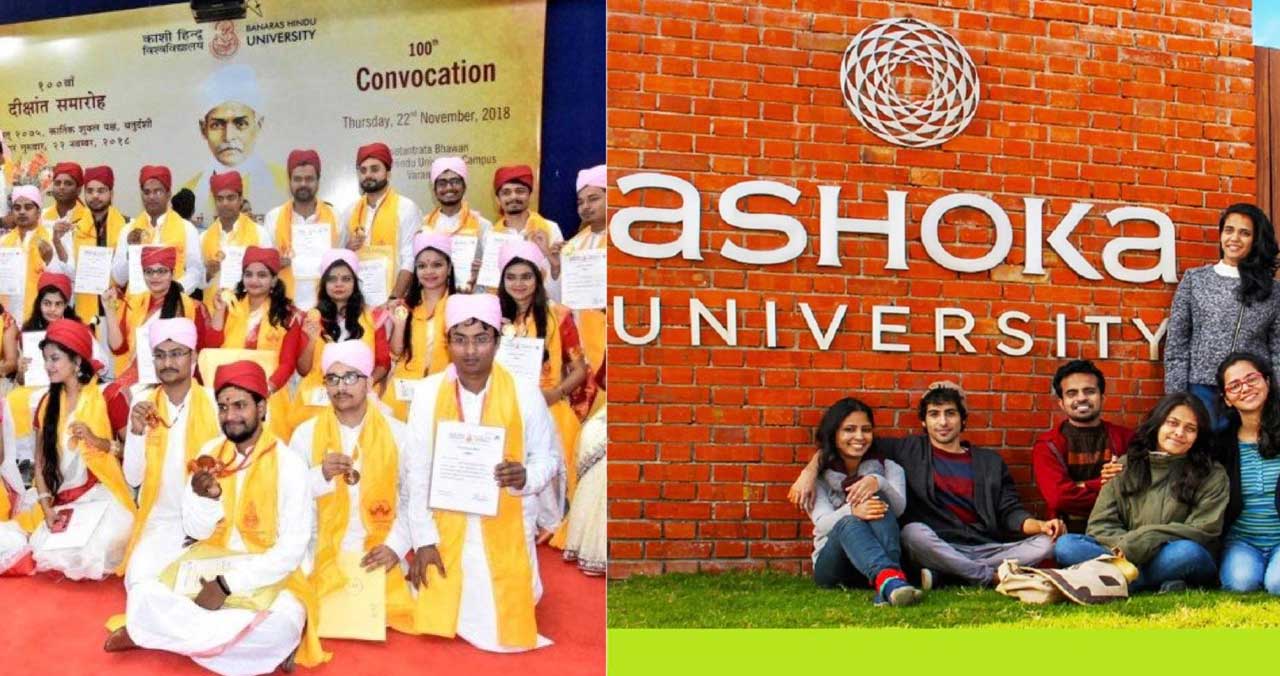An array of issues pertaining to reservation in employment and education, and even in legislature, have received increasing attention in legislative and public debates, academic discourse and the media in the last few years. This is particularly the case on the eve of elections to state assemblies and Parliament. These issues include representation, identification, admission, deletion, classification, etc. The Report of the Parliamentary Committee on OBC Creamy Layer System, placed in the Lok Sabha on 24 June 2019, observed that despite revision of the creamy layer income limit, OBC reservation had not picked up. It recommended keeping Class 3 employees free of the creamy-layer condition. According to a report received in 2016 from 78 central ministries and departments, OBC reservation was far below 27 per cent mark. Out of 32.58 lakh central employees, the share of OBCs was seven lakhs only.
It is not only for corrective action in reservation in jobs that those interested in general empowerment of OBCs, including political parties, are clamouring for. For example, according to a report of The Hindu on 22 June 2019, in a private member bill moved in Rajya Sabha, Vijayasai Reddy, national general secretary of the YSR Congress party, has sought 50 per cent quota for OBCs in Parliament and state assemblies, in proportion to their population. While introducing the Constitution (Amendment) Bill 2018 (insertion of new articles 330 A and 332 A), he said that, out of over 2400 OBC categories in India, around 2000 have never been represented in Parliament.
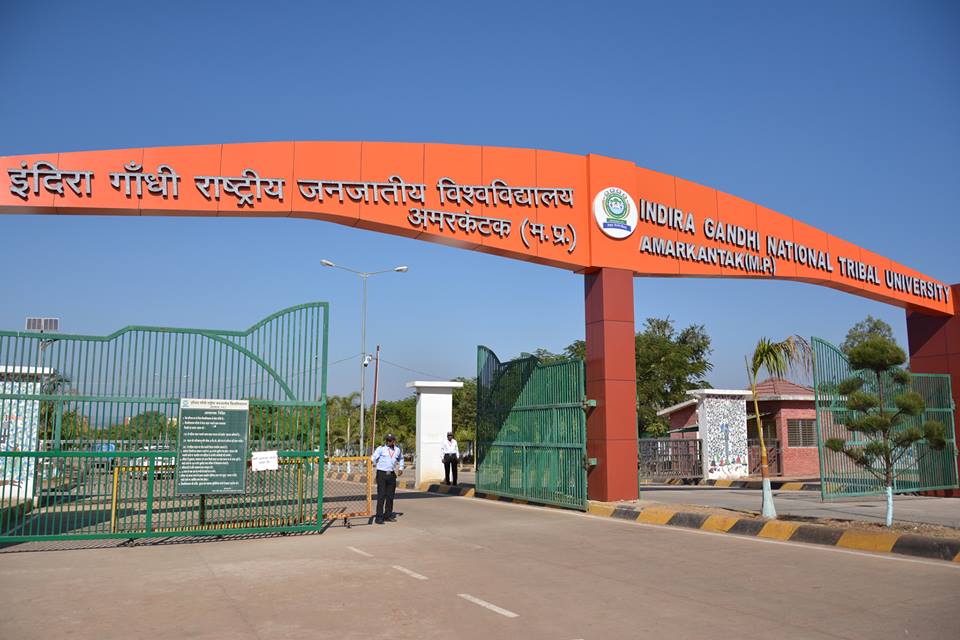
There has been increasing pressure for inclusion in the Central list of OBCs also from the Veerashaiva-Lingayats of Karnataka. Their demand is that the state government should recommend to the Centre to include them in the Central OBC list. New backward classes are also being defined outside the ambit of existing OBC list. Maratha reservation (13 per cent in public employment and 12 per cent in education) in Maharashtra is a case in point – they have been classified as a Socially and Economically Backward Caste (SEBC). The Bombay High Court upheld the move, saying it “complies with the twin tests of reasonable classification permissible under Article 14 of the Constitution, namely intelligible differentiation, and rational nexus to the object sought to be achieved”, and justified overshooting the cap of 50 per cent in total reservation. Instead of creating a new category, they could have been included in OBCs and provided reservation accordingly. Similarly, according to a news report on 30 June 2019, 17 SEBCs in Uttar Pradesh have been offered reservation outside the OBC category, by placing them in the SC list (despite only the Parliament having the authority to do so), in view of the by-elections due in 12 assembly constituencies in the state. Though the Rohini Commission for Sub-Categorization of OBCs is due to submit its report only on 31 July 2019, the empowered National Commission for Backward Classes (NCBC) assumed office last February. Thus OBCs, in the States and at the Centre, continue to be the losers and scapegoats of all experiments and permutations and combinations used for political mobilization in the garb of social inclusion and justice.
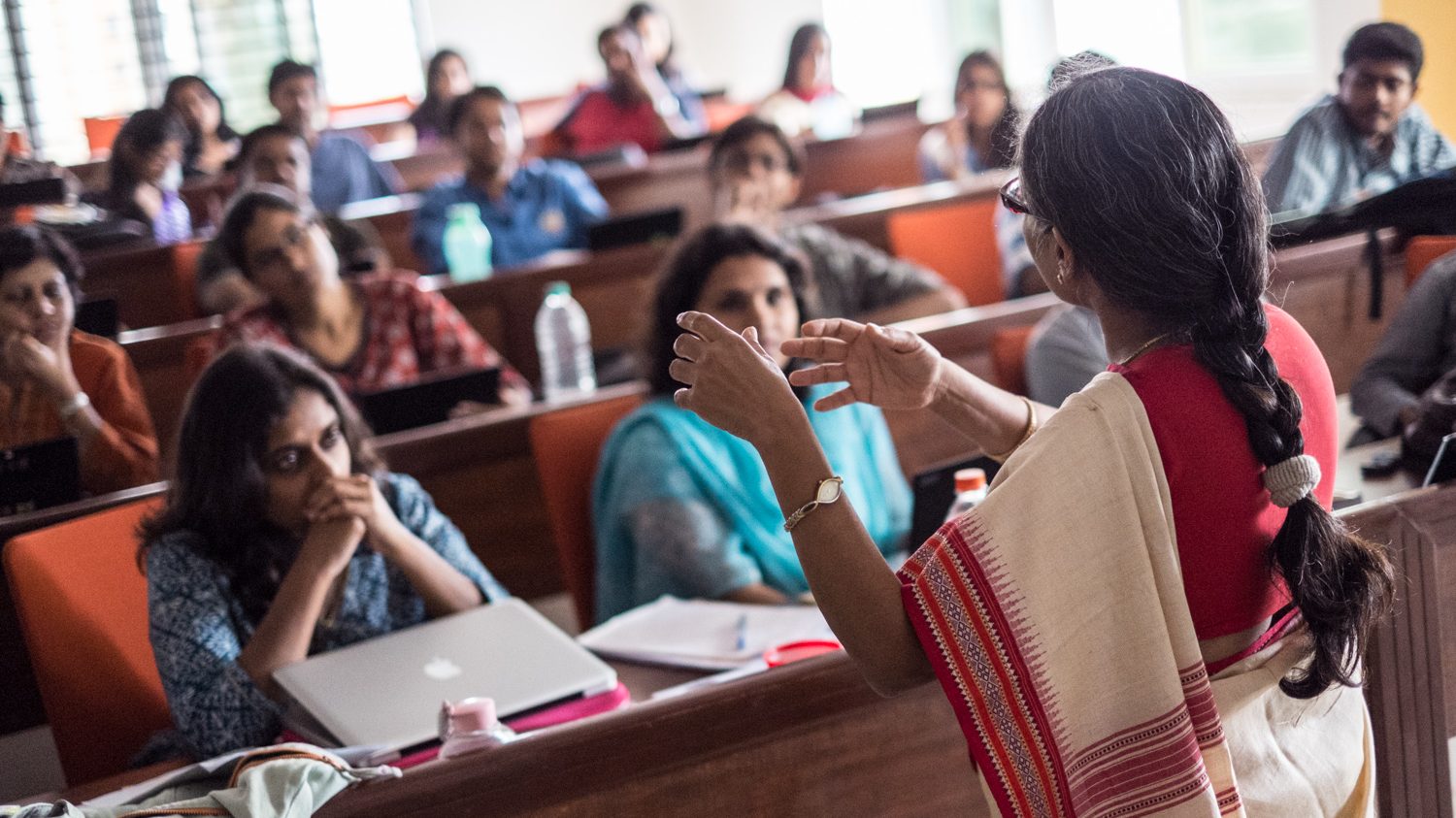
Controversy over the ‘unit’ of reservation
Lately, reservation in faculties of universities and institutions of higher learning has been in the news. While we celebrate and exhibit the diversity of India, the various cultures and traditions and our heritage, we are shockingly short of ensuring social justice and diversity in faculties of universities and institutions of excellence, particularly in the case of OBCs. Contradictory court verdicts and lack of clarity over the unit of reservation (“department/subject” or “university/institution”) continue to plague the recruitment process, leaving OBC faculty applicants high and dry. On 7 March 2019, the Union Cabinet rolled back the departmental 13-point roster system for universities and colleges through the Central Educational Institutions (Reservation in Teachers’ Cadre) Ordinance, 2019 after protests from SCs, STs and OBCs. The old 200-point roster that the government has gone back to takes the entire “institution” as a single unit for hiring purposes, providing 27 per cent quota to OBCs, 15 per cent to SCs and 7.5 per cent to STs. Every fourth vacancy is reserved for OBC (27 per cent corresponds roughly to 1/4), every seventh for SC (15 per cent roughly corresponds to 1/7) and every 14th for ST (7.5 per cent roughly corresponds to 1/14). However, under the 13-point roster, reserved categories would never be alloted the number of seats they were entitled to because a large number of departments did not have 14 positions. According to an official in the Ministry of Human Resources Development, a study of 20 central universities has revealed that after the passing of this ordinance, the number of vacancies for the aforementioned sections would be 2,663 instead of 1,241 positions. Hours after the ordinance was issued, the UGC released a letter directing the universities to start recruitments immediately based on the 200-point roster system. The ordinance indicated that reservation to OBCs would be provided at all levels of teaching, leaving no scope for universities to arbitrarily restrict it to the entry-level post of the assistant professor.
After the Bharatiya Janata Party (BJP)-led National Democratic Alliance (NDA) returned to power at the Centre, on 3 July 2019, the Rajya Sabha passed the Bill to provide institution-wise reservation for teaching posts – the Central Educational Institutions (Reservation in Teachers’ Cadre) Bill, 2019, treating the “University/College” instead of “Department/Subject” as the unit for reservation. The Lok Sabha had cleared the Bill on 1 July 2019. However, the highest positions like vice-chancellor, still remain out of the purview of reservations. It may be noted that in 2018, out of some 496 vice-chancellors of central and state universities, there were just six SCs (1.21 per cent), six STs (1.21 per cent) and 48 OBCs (9.68 per cent), far short of the reservation quota applicable to teaching positions.
Reservation cleared for OBCs at all levels, but exclusion continues
According to an article by Anish Gupta and Aaleya Giri in The Hindu, recent advertisements by 13 central universities are in clear violation of the law. While notifications of a few universities fully comply with the new law, others have complied only partly, and some universities, including Central University of Kerala, have rectified the original notifications through a corrigendum. The case of the Indira Gandhi National Tribal University, Amarkantak, is quite strange since it seems to be in a hurry to fill the 10 per cent quota for Economically Weaker Sections (EWS) for associate professor and professor, while it has no vacancies for OBCs. Even Tata Institute of Social Sciences, an acknowledged votary of social inclusion policies, doesn’t have reservation at higher levels of teaching and research. Till recently, reservation for OBCs was limited to the posts of assistant professor. Impact of this restrictive policy is illustrated in the following table:
Status of OBC Faculty reservation in Central and Deemed Universities (2016-17)
| University | Type | Sanctioned | Filled | Filled with OBCs | % of OBC |
|---|---|---|---|---|---|
| Central (30) | Assistant Professor Associate Professor Professor | 7888 4006 2100 | 6051 2298 1057 | 839 28 12 | 13.87 1.22 1.14 |
| Deemed (14) | Assistant Professor Associate Professor Professor | 1796 452 266 | 1608 294 171 | 327 53 19 | 20.34 18.03 11.11 |
Source: Compiled from Table 7.2 (i), UGC Annual Report 2016-17, p 275 (based on data submitted by the universities).
Compared to the 27 per cent OBC quota recommended by the Mandal Commission, actual reservation as a percentage of total filled posts is very low, particularly in the higher posts of associate professor and professor: 1.22 per cent for the former and 1.14 per cent for the latter in Central universities; and 18.03 per cent and 11.11 per cent respectively, for the deemed universities. Noticeably, the representation of OBCs was less than that of Muslims at all levels of professorship; Muslims are cateogorized as OBCs in some states. Though recruitment of OBCs at the three levels leaves much to be desired, the need for more OBCs at the levels of associate professor and professor is crucial (since a 10-year tenure as professor is mandatory for the position of vice-chancellor and many other high offices in the academic world).
Even though unjustifiably late, it is a matter of relief that OBC reservation has been extended to the above higher posts, too. Now, reservation for OBCs is mandatory in recruitment to all levels in universities and other institutions of higher learning. Hence, some central universities have taken corrective action. For example, a recent advertisement issued by Central University of Kerala (CUK) for filling 69 faculty positions (15 professors, 29 associate professors and 25 assistant professors) sought to deny this right to the OBCs at the level of associate professors and professors. After protests, the university administration has issued an amended advertisement, reserving posts at all levels for the OBCs.
Also read: Central University of Kerala: OBCs get reservation after protests
Though community-specific representation (of OBCs) in faculty reservation is not available, it is interesting to look at the findings of the Commission for Vishwakarma Community (2014), Government of Kerala, which is relevant only to universities/colleges in Kerala. The commission found that the representation of Vishwakarma community, the second largest OBC community in the state after the Ezhavas, was very poor in the universities and colleges run by the Kerala government. In the case of ten universities, representation of Vishwakarmas was only 1.09 per cent of head of departments/directors; 0.73 per cent of professors; and 3.26 per cent of assistant and associate professors combined. Information collected from 43 government colleges indicated that only 2.38 per cent of principals; 5.69 per cent of professors; and 3.56 per cent of assistant and associate professors (combined) belonged to the above community. These figures take into account Vishwakarmas recruited through both open competition and reserved quotas.
Though the selection committee for faculty recruitment in the university system consists of OBC representatives too, perhaps because of their obligations to political parties and employees’ organizations, they are least helpful in ensuring justice to OBC applicants. Total accountability and compliance can only be ensured if the advertisement of vacancies also mention the quotas they have been assigned. The UGC should also make aid to central universites contingent on the faculty’s social diversity and on the support provided to researchers from reserved categories. As a notable scholar and vice-chancellor of NALSAR University of Law, Hyderabad, Prof Faizan Mustafa, has observed: “Let the score on the diversity index be a major criterion in giving grants to universities”.
Forward Press also publishes books on Bahujan issues. Forward Press Books sheds light on the widespread problems as well as the finer aspects of Bahujan (Dalit, OBC, Adivasi, Nomadic, Pasmanda) society, culture, literature and politics. Contact us for a list of FP Books’ titles and to order. Mobile: +917827427311, Email: info@forwardmagazine.in)
The titles from Forward Press Books are also available on Kindle and these e-books cost less than their print versions. Browse and buy:
The Case for Bahujan Literature
Dalit Panthers: An Authoritative History
Mahishasur: Mithak wa Paramparayen
The Case for Bahujan Literature
Dalit Panthers: An Authoritative History
Mahishasur: Mithak wa Paramparayen
